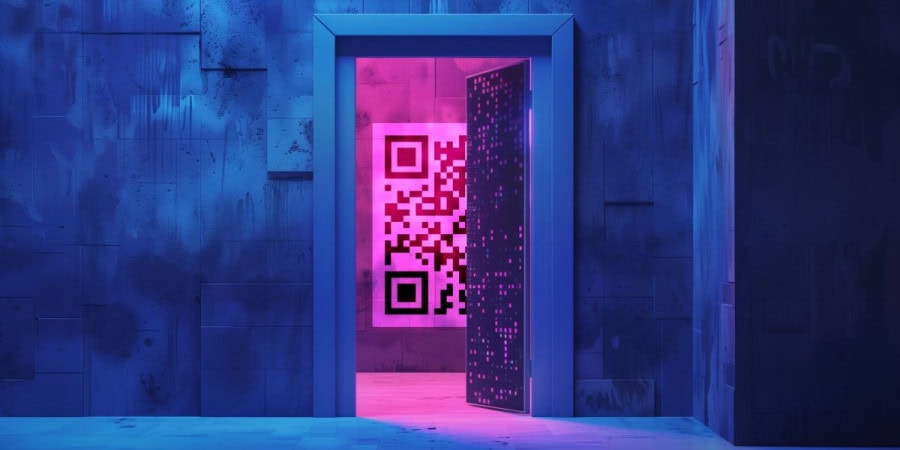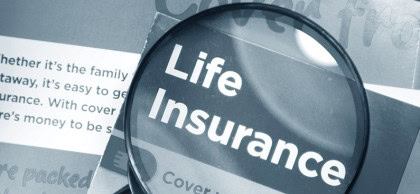ISLAMABAD – People should scan QR codes only from trusted and known sources, as any negligence could result in a scam or loss of personal and financial information.
QR codes are placed on almost everything – from restaurant menus to utility bills. These are used to open websites, download apps, collect loyalty program points, make payments and transfer money.
The accessible and practical technology is also convenient for cybercriminals. According to the Kaspersky experts, QR codes can direct users to fraudulent websites designed to steal personal or financial information, such as passwords and credit card numbers.
Cybercriminals can impersonate legitimate sites, such as banks or streaming services, and trick users into entering their credentials. Some QR codes can trigger the download of malicious applications that compromise the security of the device, especially if it is not protected against unauthorised installation.
A fake QR code can redirect users to make payments to fraudulent accounts. A QR code can also automatically connect the user to Wi-Fi networks controlled by cyber attackers, allowing them to intercept their communications.
“QR codes are a fertile ground for manipulation, especially as they appear in various everyday contexts such as receipts, flyers, and signage. It is essential for users to know how to use QR codes safely,” says Seifallah Jedidi, Head of Consumer Channel for META at Kaspersky.
Kaspersky has recommended that users scan QR codes only from trusted and known sources. Avoid scanning codes in public places that may have been tampered with. If you need to scan a publicly available code, verify that the web address it directs you to is legitimate before taking any action on this website.
Avoid entering sensitive information if you’re not completely sure of the origin of the QR code. Install a cybersecurity solution with anti-phishing and anti-fraud protection, such as Kaspersky Premium, on all your devices; it will alert you to any danger timely manner.



















